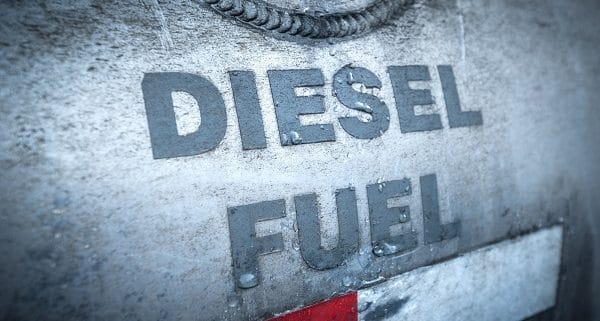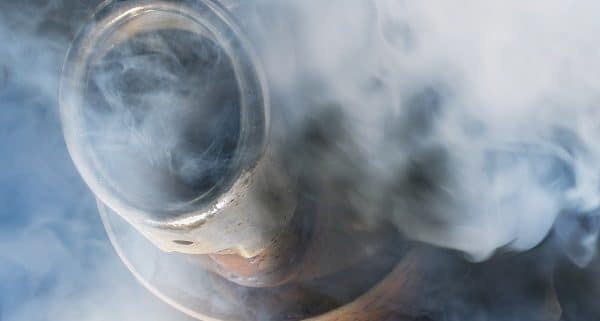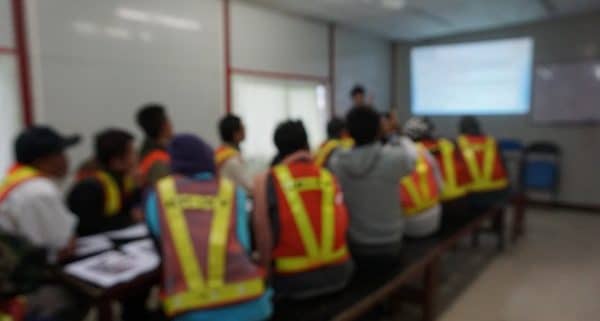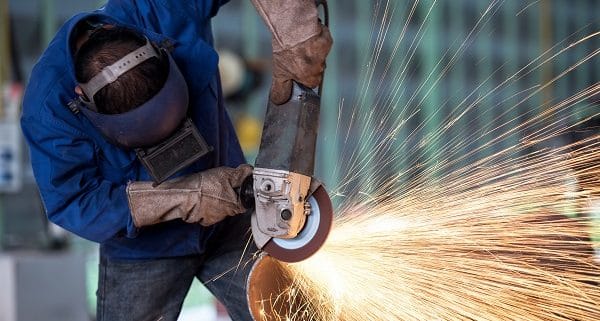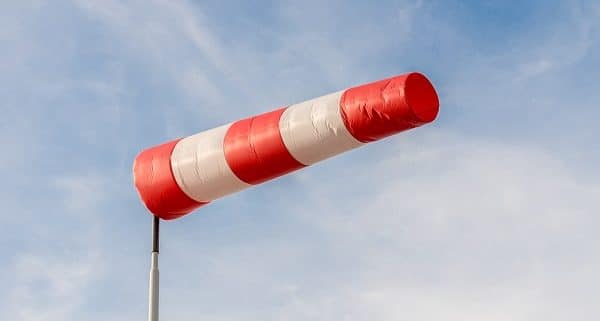Asbestos – Part 1
There is actually quite a bit of controversy surrounding this topic. Lots of people in the trades believe that Canada has a complete ban on asbestos and asbestos containing products, but this not true. CBC News reported in Oct 2018 that “New regulations designed to ban asbestos will go into effect by the end of this year [2018] — but an analysis of the final rules reveals they have been watered down from what the federal government originally proposed. The final regulations include new exemptions to allow the military, nuclear facilities and chlor-alkali plants to continue using the hazardous substance for several years.” The CBC article goes on to state that, “In its regulations, the government estimates that asbestos exposure was responsible for approx. 1,900 lung cancer cases in 2011 and 430 cases of mesothelioma – a cancer that affects a layer of tissue that covers many internal organs.”
Somewhere along the line most trades workers got the idea that you only need to be concerned about asbestos if you are demoing an old house. However, asbestos fibres are in a ton of items here in Canada. Such as, cementing compounds, shingles, floor tiles, insulation, spray fireproofing, fireproof doors, pipe and boiler wrap and break pads. Yes, asbestos is relatively safe, if it’s contained and not bothered, but any sort of deterioration, or drilling, cutting, grinding or sawing can release tiny fibers. These tiny fibers can cause a lifetime of health problems, ultimately leading to death. It’s reported that “Exposure to asbestos is the leading cause of occupational death in Canada.”
Symptoms can take years to show up. The earliest symptoms usually include change in breathing, shortness of breath, cough and a crackling sound when inhaling. Tomorrow, we will go over who’s at risk and what to do when faced with this hazard.





